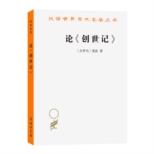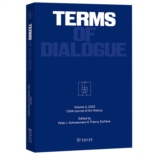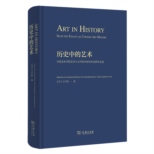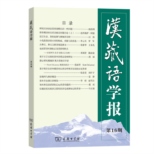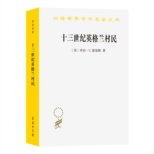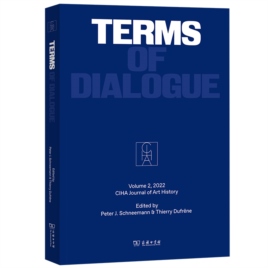In addition to this, “African art” carries a particular epistemic burden because of the ways in which it has historically been constructed as “art.” Valentine Yves Mudimbe argued that the term emerges from a Western epistemic project of order and categorisation, rather than a cross-cultural engagement with aesthetics, histories, and epistemologies. Mudimbe argues, “(w)hat is called African art covers a wide range of objects introduced into a historicising perspective of European values since the eighteenth century.” Consequently, he wonders whether “understood in their initial form and significance, [these objects] would not have created a radical ‘mise en perspective’ of Western culture.” The radical epistemological potential of African art, which has been systematically evacuated by dominant knowledge economies, lies in the fact that recognising ancient traditions of art and visual culture in Africa (and the ontological and epistemological consequences that follow from them) challenges the false premise that African history begins only after the colonial encounter and challenges racial hierarchies and racialised justifications of colonialism. If a “mise en perspective” of Western culture were catalysed, it may enable an expansion of the very notion of art, possibly one detached from the idea of a commodity and detached from the idea of “an original.”
At present however, not only is historical art from Africa measured in relation to the idea of originality, it also is framed through authentication processes (or performances) which often rely on fabricated notions of “mysticism,” “tradition,” “tribe” and “magic.” Current debates on the restitution of art from Africa, have critiqued these fabricated notions as having a carceral character. Appiah describes this double bind in the construction of African art: “[a]n ideology of disinterested aesthetic value (the baptism of Negro art as Aesthetic) meshes with the international commodification of African expressive culture, a commodification that requires (by the logic of the space clearing gesture) the manufacture of Otherness.”9 The requirement to validate authenticity through professional expertise is beneficial to those occupying seats of power in this discursive field (art dealers, curators, scholars), as the system enables the validation of certain kinds of knowledge about objects over others.
